Five Ways Network Infrastructure With NaaS Optimizes Edge Connectivity
The limitations of on-premises hardware have often constrained traditional network infrastructure. As hybrid work models become increasingly prevalent, the demand for effective remote collaboration strategies has risen. Network-as-a-service (NaaS) emerges as a critical component of modern network architectures, offering scalable, secure, and flexible solutions to support distributed workforces. NaaS also allows organizations to access and utilize network resources on a subscription basis, thereby aligning their network capabilities with their evolving needs.
In this article, we’ll explore how one such solution plays a pivotal role in addressing these demands.





.jpg)













